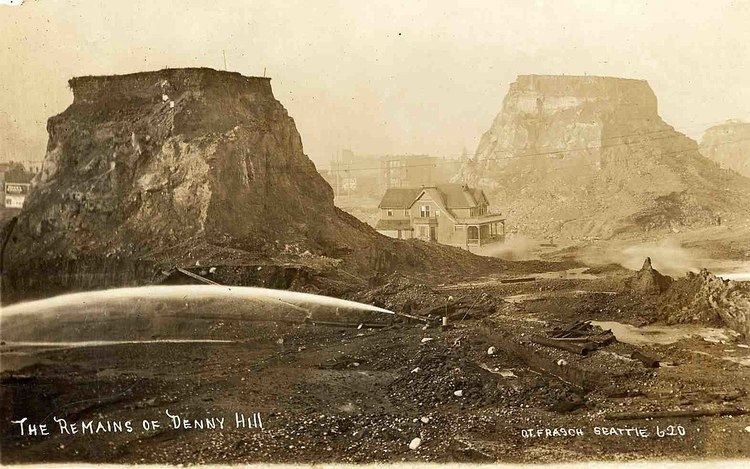 | ||
Regrading is the process of grading for raising and/or lowering the levels of land. Such a project can also be referred to as a regrade.
Contents
Regrading may be done on a small scale (as in preparation of a house site) or on quite a large scale (as in major reconfiguration of the terrain of a city, such as the Denny Regrade in Seattle).
Regrading is typically performed to make land more level (flatter), in which case it is sometimes called levelling.) Levelling can have the consequence of making other nearby slopes steeper, and potentially unstable or prone to erosion.
Purposes
Reasons for regrading include:
Consequences
Potential problems and consequences from regrading include:
References
Regrading Wikipedia(Text) CC BY-SA
